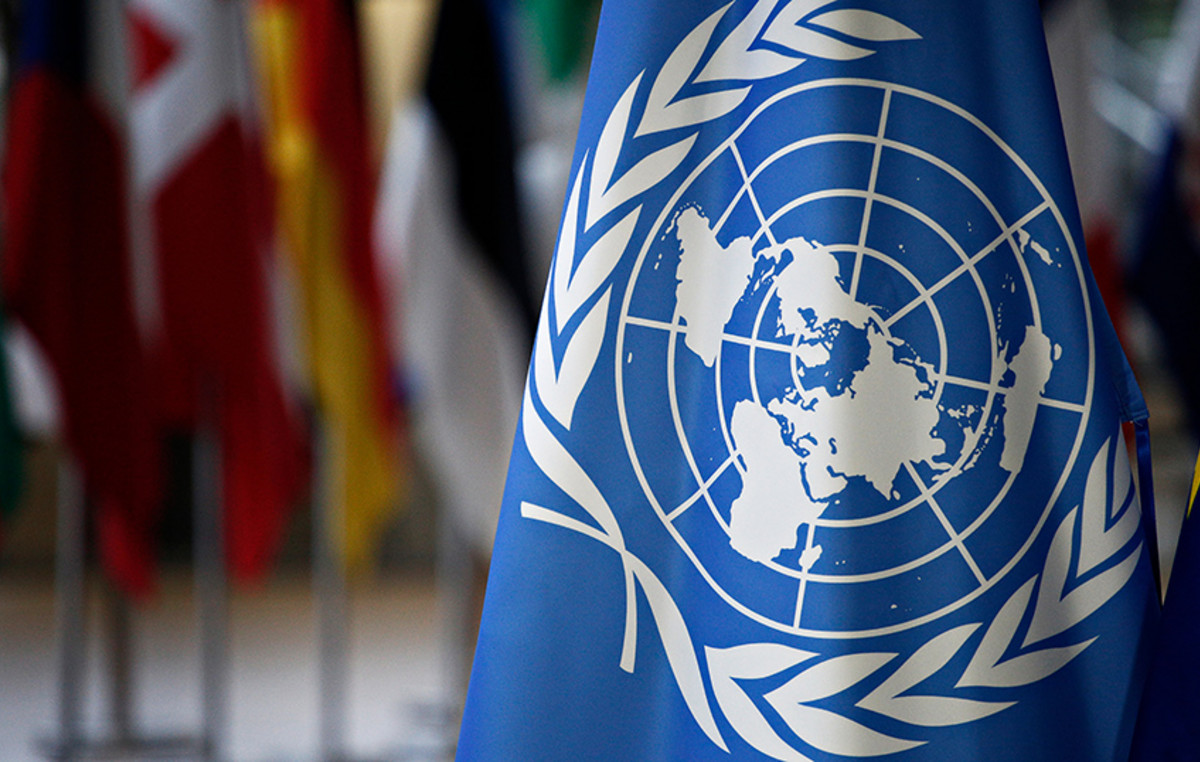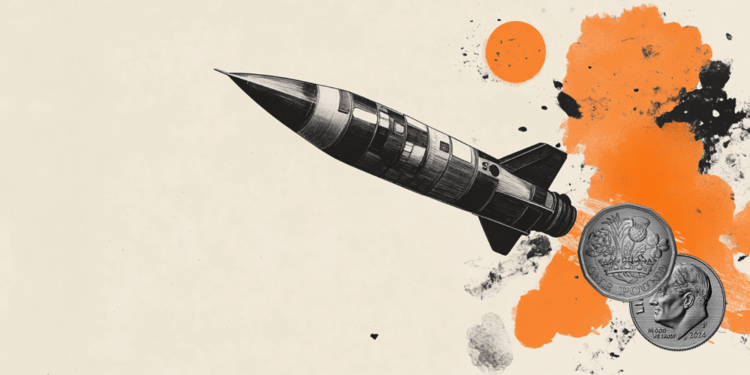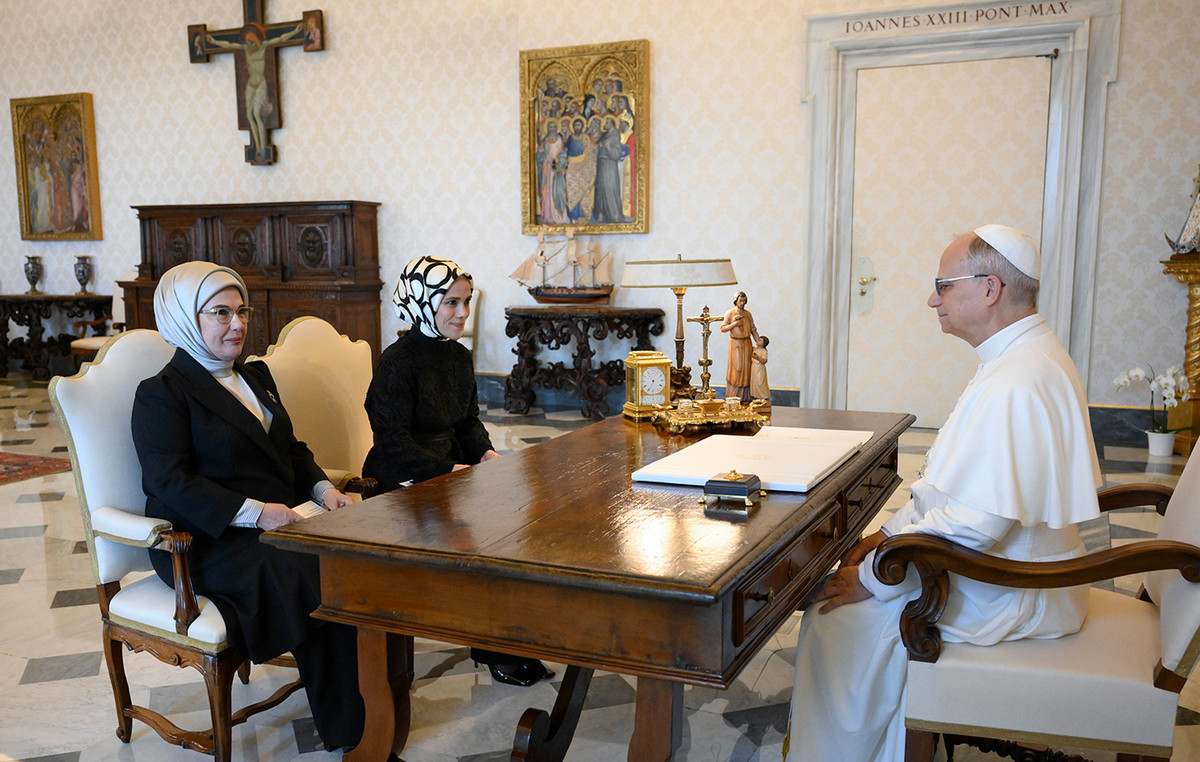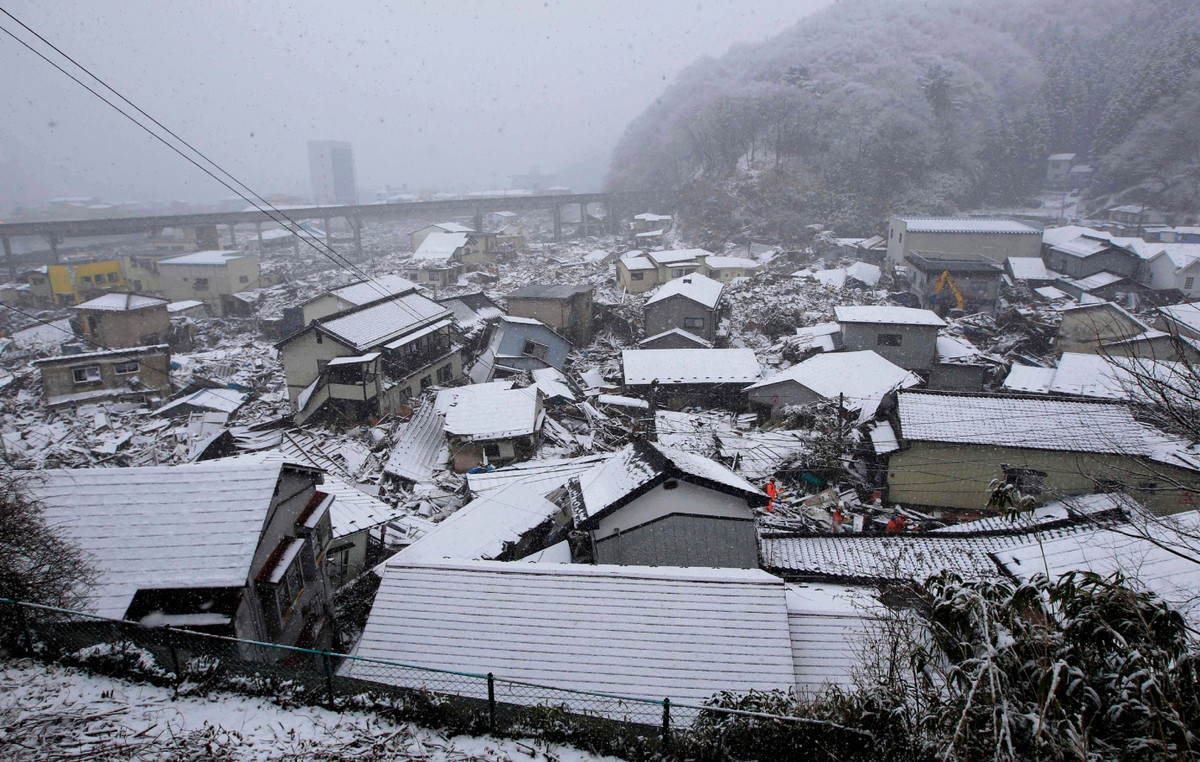THE victory of Luis Inacio Lula da Silva in its presidential election Brazil it is now a fact and as everything shows it seals the return of the left to power in Latin America. But according to analysts, the country’s citizens voted for Lula mainly to be able to “get rid” of their old leaders.
In just the past four years left-wing candidates have scored victories in Mexico, Argentina, Bolivia and Colombia, reminiscent of the early 2000s, when a “pink wave” swept across Latin America.
But this particular time citizens voted less because they agree with leftist ideas and more because they want a change and out of realism after the devastating effects of an economic crisis and the covid-19 pandemic, according to experts.
“It’s more of a rejection trend than anything else, people looking for an alternative”noted analyst Michael Shifter, of the Institute for Inter-American Dialogue.
“It is not because Latin Americans have become more leftist. I don’t think there is any evidence to support thathe added as reported by the Athens News Agency.
Jáich Bolsonaro ends his term as president of Brazil with a record 50% of voters rejecting him. He was alienated by some Brazilians because of his racist, sexist and homophobic comments, his aggressive style and his handling of the pandemic, which has claimed the lives of more than 687,000 Brazilians.
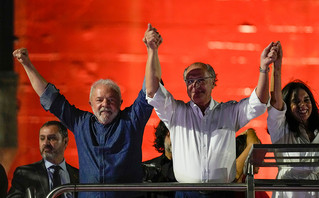
Optimism for governments that want to reduce poverty
The “liberation” trend began in 2008 in Mexico with the election of Andrés Manuel López Obrador and continued in Argentina, Bolivia, Peru, Honduras, Chile and finally, this June, in Colombia where the first leftist was elected president in the history of the country.
THE Lula he belonged to the original “pink wave” that brought to power leftist leaders such as Evo Morales in Bolivia, Michelle Bachelet in Chile, Rafael Correa in Ecuador and Hugo Chávez in Venezuela.
During Lula’s two terms as president, from 2003 to 2010, some 30 million Brazilians were lifted out of poverty.
“There was a very optimistic wave of left-wing governments trying to reduce poverty, to tackle inequality. And economic conditions were much better,” said Guilherme Casaroes, political analyst at the Fondation Getulio Vargas.
Then came the global financial crisis, which particularly hit export-dependent Latin America and caused a massive shift to the right.
But this generation of right-wing leaders failed to address the economic crisis, which was exacerbated by the pandemic, and brought to light and exacerbated inequalities in access to the health and education system.
Left-wing figures, representatives of a change, began to rise to power.
“Authoritarian Governments”
“The right was in power in almost all countries but virtually none of these presidents managed to bring about change. It’s logical that people turned to the left,” said Leonardo Paz, advisor for Brazil at the non-governmental organization Groupe de crise international.
The leftist leaders who have come to power in recent years are a motley group, according to Casaroes. “There are authoritarian governments in Nicaragua and Venezuela, a left-wing populist in Mexico and relatively weak governments in Chile, Colombia and Argentina,” he noted.
Lula – seen as more of a moderate and realist than an extremist or populist – looks set to struggle to advance any plan to encourage regional political or economic integration.
“Right now, in my opinion, this left turn is less coordinated” compared to the first “pink wave”, estimated Pash.
“If Lula doesn’t succeed, in four years (voters) may turn elsewhere,” Shifter noted. “If he doesn’t satisfy the Brazilian voters, they will reject him and go to someone else more right-wing,” he added.
Source: News Beast
I’m Robert Neff, a professional writer and editor. I specialize in the entertainment section, providing up-to-date coverage on the latest developments in film, television and music. My work has been featured on World Stock Market and other prominent publications.

